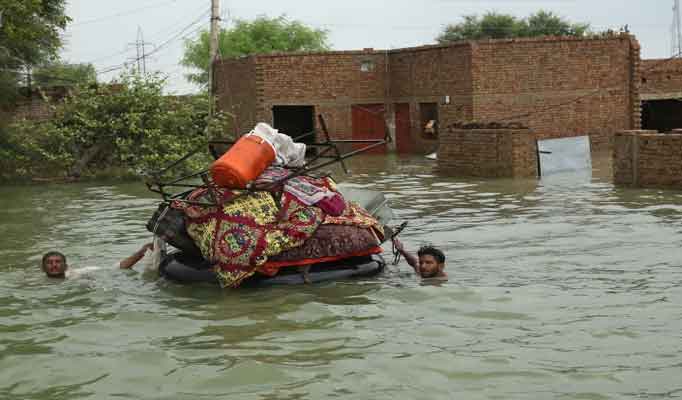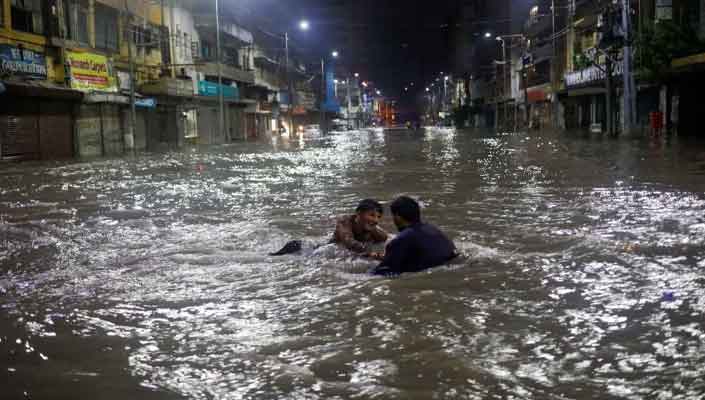
More than 33 million people in Pakistan are struggling to deal with a monsoon season supercharged by climate change.
Torrential rainfall has dragged on for weeks, killing more than 1,100 people since mid-June, damaging more than 1 million homes, leaving entire villages stranded and underwater, washing away roads and at least 149 bridges, wiping out crops and forcing nearly 500,000 people to seek shelter in relief camps.
“Pakistan’s priority, at the moment, is this climate-induced humanitarian disaster of epic proportions,” Pakistan’s Minister of Climate Change Sherry Rehman said last week, adding that the country “is going through its eighth cycle of monsoon while normally the country has only three to four cycles of rain. The percentages of super flood torrents are shocking.”

Scientific research has linked rising global temperatures due to mankind’s burning of fossil fuels to increasingly chaotic monsoon seasons, with the potential for more extreme rainfall events like those seen this summer.
For every degree Celsius of global temperature rise, the Earth’s atmosphere holds 7% more moisture, which is unleashed when conditions are right. This summer, Pakistan’s National Disaster Management Authority said Friday, the country had received 133% of its average monsoon season rainfall.
Touring the devastation by helicopter, Prime Minister Shehbaz Sharif said over the weekend, “I have never seen such devastation in my life,” and added, “Village after village has been wiped out. Millions of houses have been destroyed.”






